Joyce Yip meets some of the artists, and a curator, who have spent decades trying to draw attention to environmental concerns through their works.
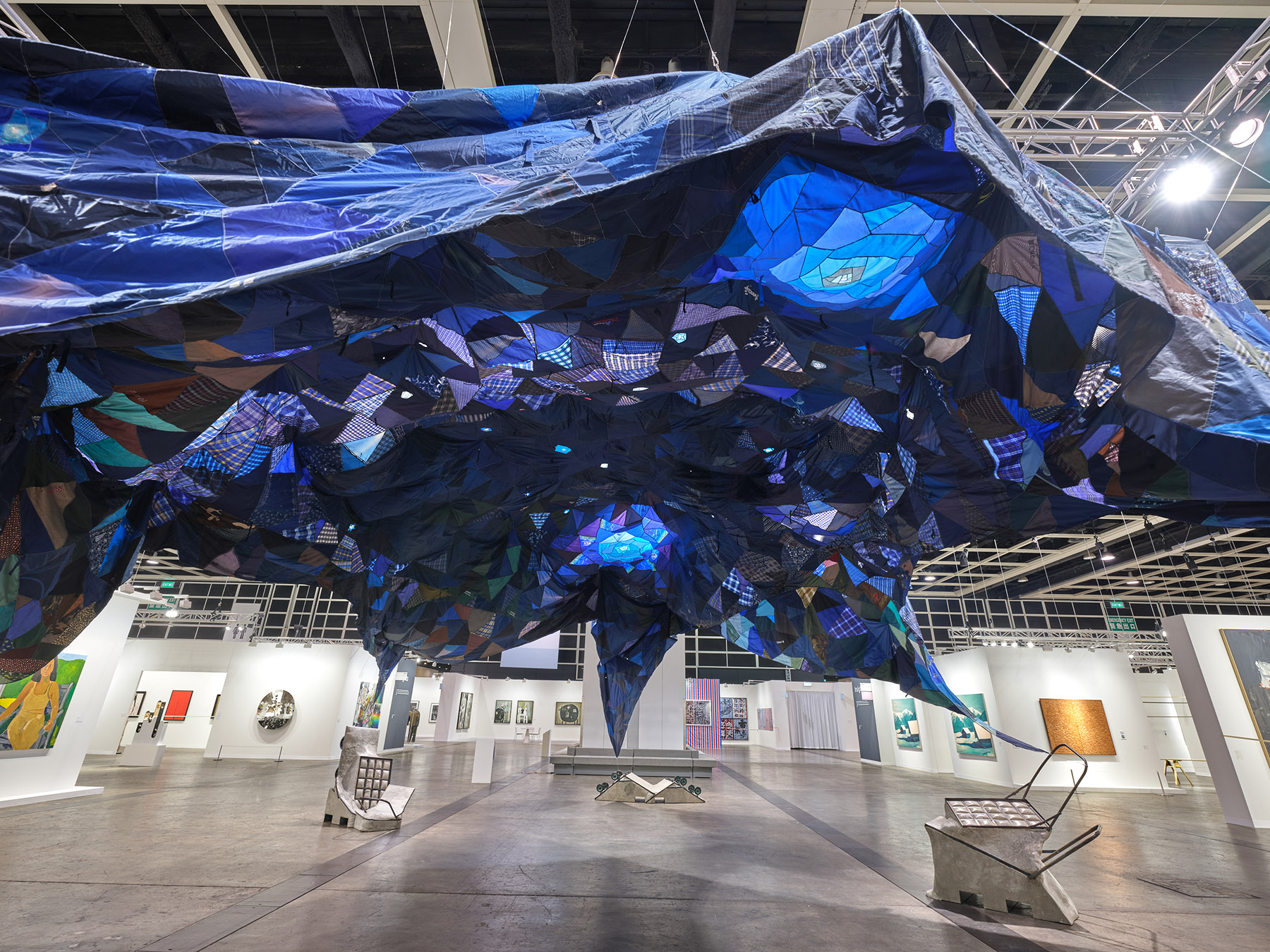
Jaffa Lam’s most recent Hong Kong exhibition was held at the Central showroom of cosmetic and home-ware brand Aesop in March and April. Called Dusk to Dawn, the loosely hung patchwork tapestry, made up of recycled umbrella fabric in myriad shades of blue, tries to capture the transition of sunlight during a day. The piece is Lam’s tribute to the resilience displayed by “the city’s unsung labor force”.
Dusk to Dawn was put together by Lam’s long-time collaborators — the seamstresses of the Hong Kong Women Workers’ Association (HKWWA). The 14-meter-long canopy in her installation Trolley Party — a highlight of Art Basel Hong Kong 2023 — is also the handiwork of the same group. The grand-scale piece sent out powerful messages about concepts of labor, identity and the collective spirit of Hong Kong to the viewers. The HKWWA seamstresses, with whom Lam has been co-creating since 2010, were honored guests at the high-profile international event.
READ MORE: The big picture
“When I invite the workers to partake in my art, they always laugh and question whether anyone would appreciate their craft in an upscale exhibition space,” Lam says. “But then they bring along their children to play next to my work. Nothing makes me happier than seeing this.
“People call me an environmental artist,” Lam continues. “Sure, I work with ‘trash’; but my work has been about the communities, diaspora and the collectives that have been lost through migration or gentrification.”
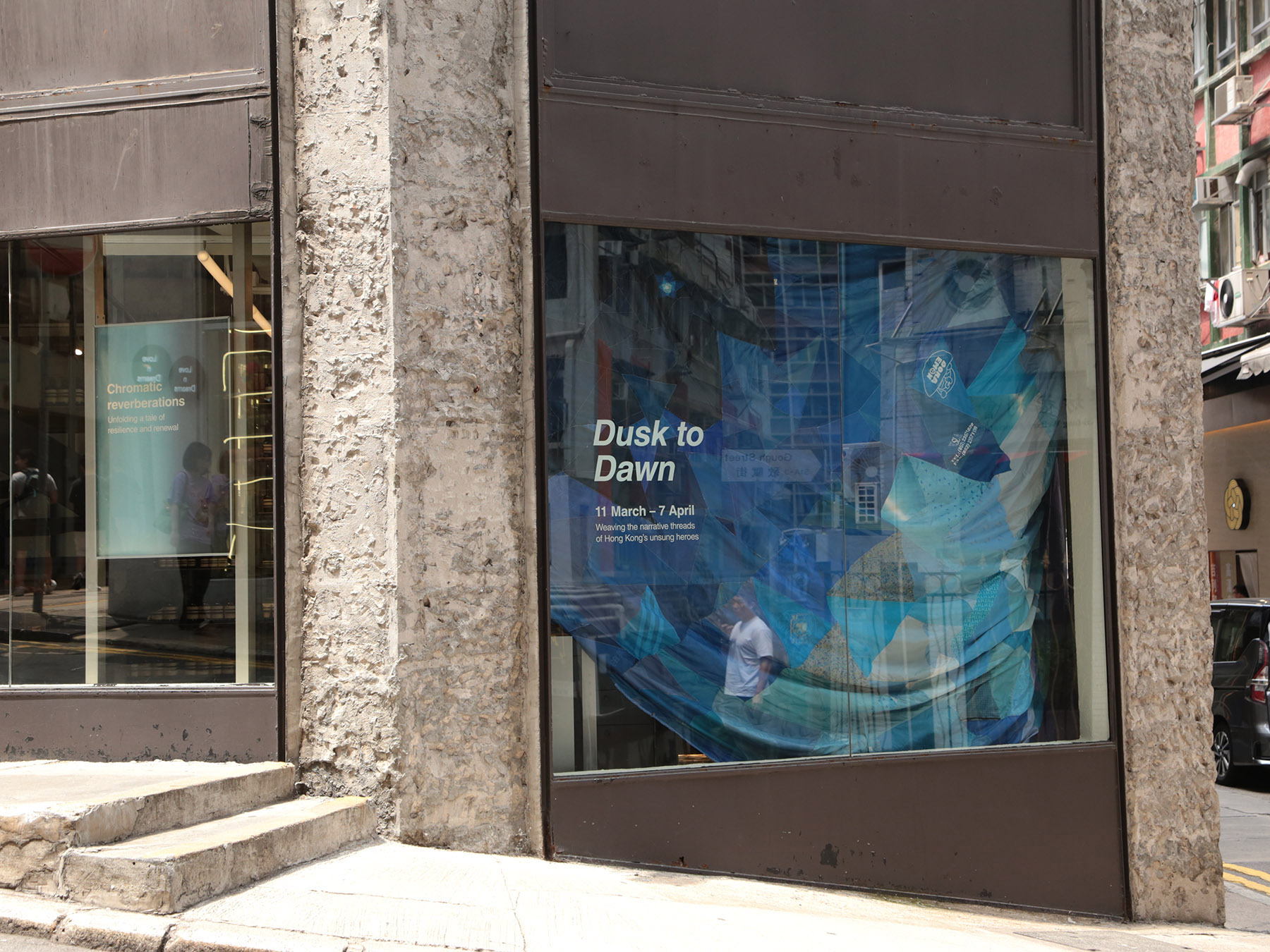
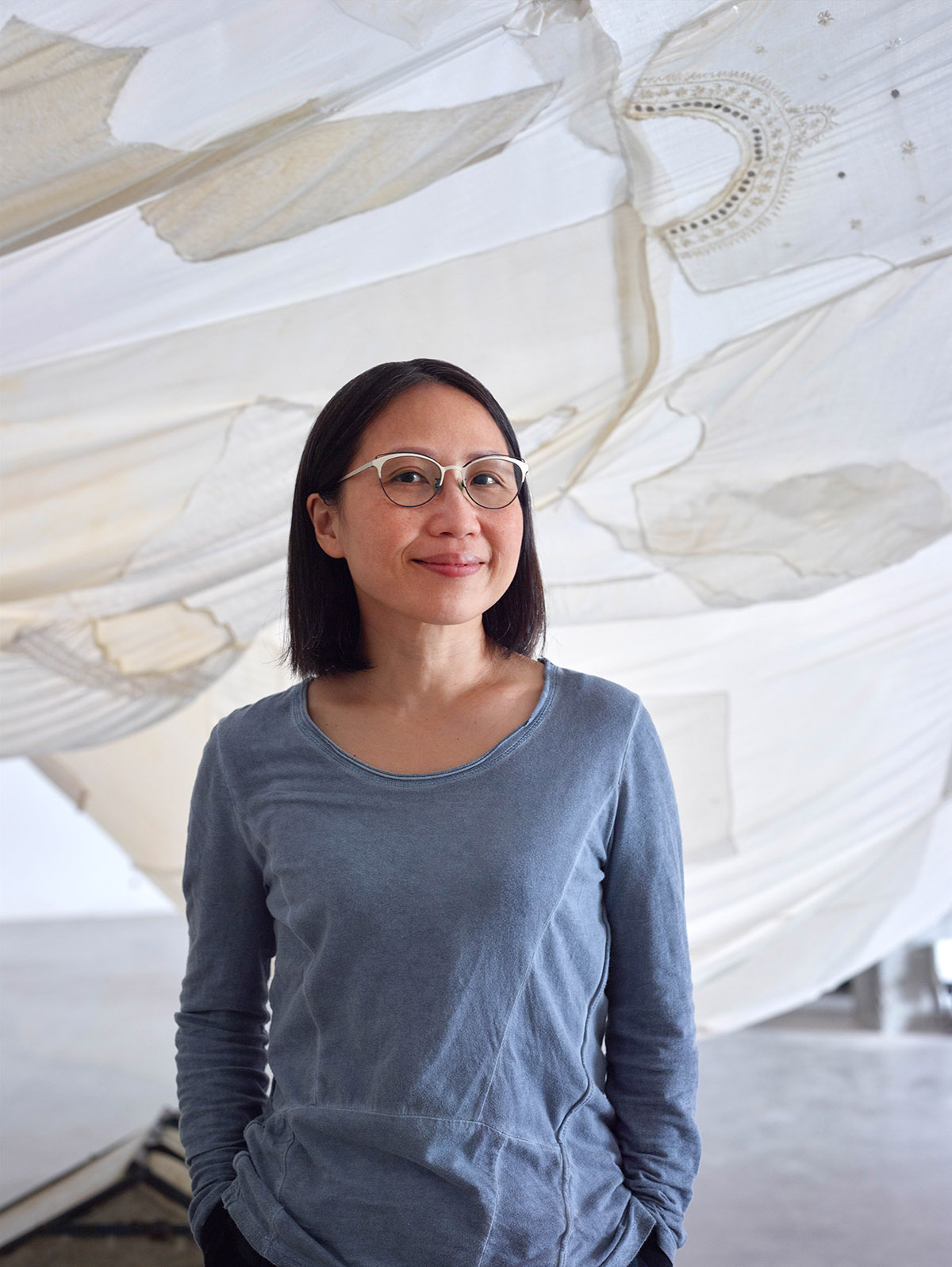
In April, the Hong Kong Special Administrative Region government implemented the first phase of its program aimed at achieving carbon neutrality before 2050 by banning single-use plastics. The move was meant to serve as a prelude to a proposed municipal solid-waste-charging program, which has since been put on hold. While policymakers scratch their heads looking for solutions to managing the massive solid waste generated in Hong Kong — 1.51 kilograms per person per day — artists like Lam have long been singing a green gospel, not just by repurposing trash into art, but also by reinventing them as emotional artifacts
She believes that the label of “eco-artist” caught on with the onset of the COVID-19 pandemic. It was a time when the lack of social contact made artists — like everyone else — reevaluate their relationships with nature, and, generally, curtail their needs. However, Lam didn’t have to make an effort toward adapting to a conscious lifestyle. Having grown up in a family with a modest income, she was already used to living within her means.
“I didn’t use a straw because I didn’t find it necessary,” she laughs, reminiscing about her younger days. “Young people today are used to more-luxurious lifestyles. Those who have been using straws all along must stop now in the name of environmentalism.”
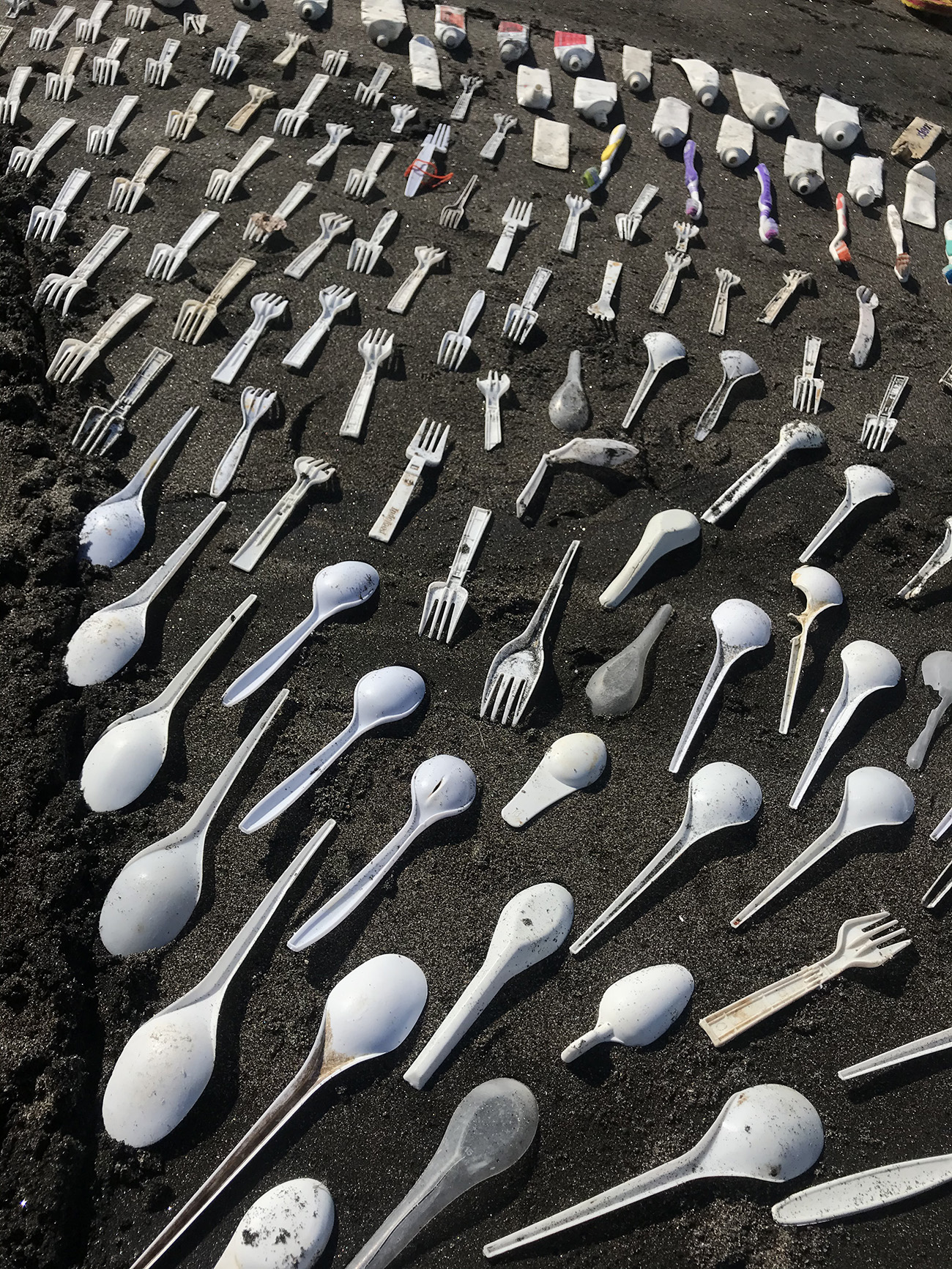
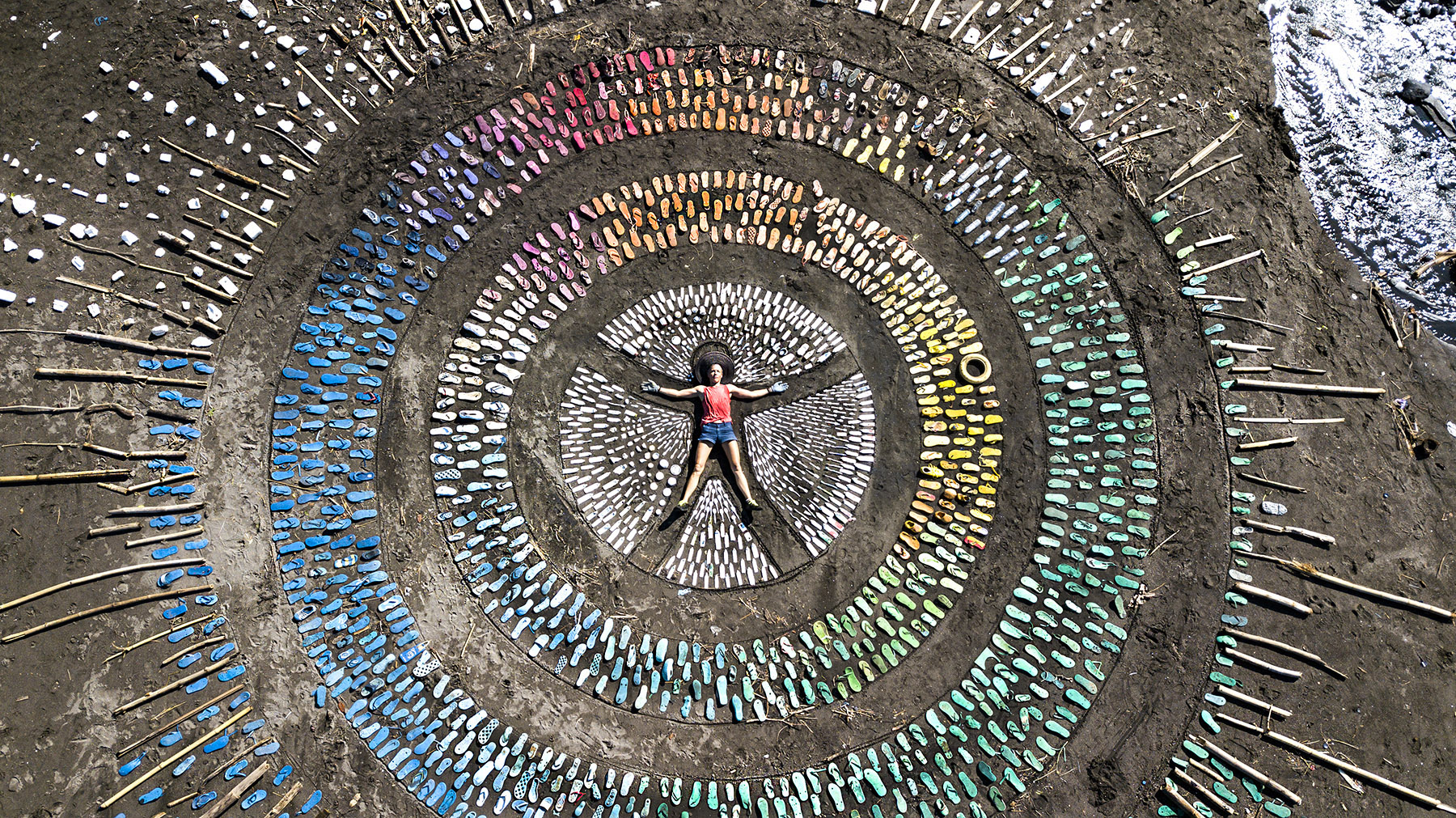
Flip-flops galore
German “artivist” Liina Klauss aims to close the gap between people and the garbage they produce by turning the latter into art. A painter by training, she organizes frequent beach clean-ups in Bali and Hong Kong. The trash collected from the beaches is arranged to make vivid and gigantic multicolor mosaics resembling waterfalls and rainbows. Some of these can be up to 30 meters wide.
Klauss says her artworks are aimed at resolving trauma. By participating in the act of gathering trash, people have a direct encounter with the magnitude of the problem and also a role, even if a minuscule one, in solving it, creating a thing of beauty with a healing effect at the same time.
“When it comes to pollution, it’s easy to feel desperate and powerless if we don’t process the sorrow and pain that mankind has caused the environment. But if you can alter the landscape around you with your own two hands — get dirty, sweaty and physical with the garbage — you’re making the crisis very tangible and much easier to understand,” she says.
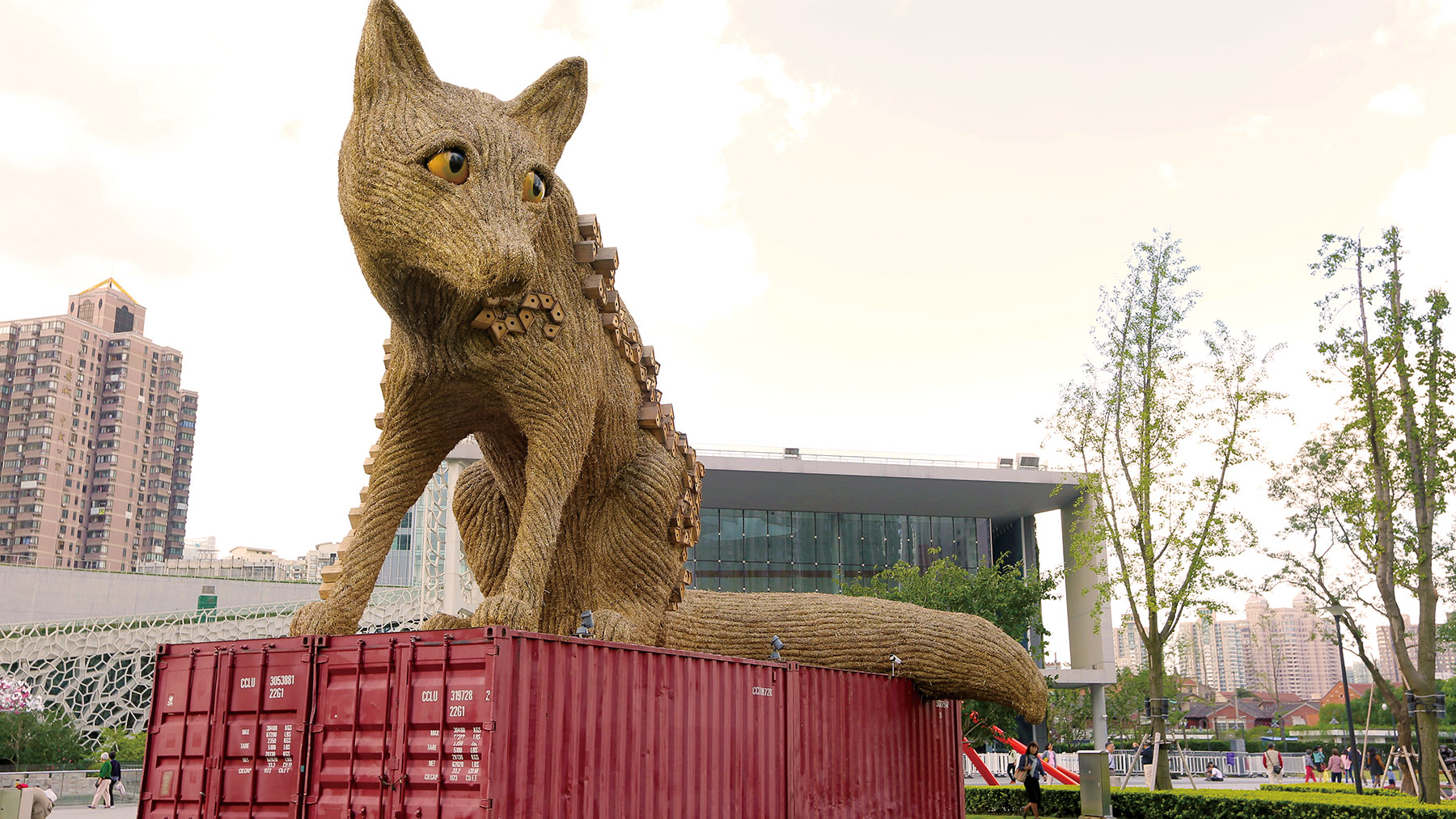
“Just imagine finding more than 1,000 flip-flops in just three hours of scouring a beach. The next time you go to a shoe store, you’ll look at the products in a different light.”
Though she proudly wears the “eco-artist” badge, Klauss says her work is different from the “superficial ‘green craft’ that just glues pieces of trash together”. One of her missions is to clear misconceptions about trash, which is most often equated with dirt in popular imagination.
“I want to rid trash of its associations with something that is dirty and unwanted,” Klauss says. “From a distance, I want you to see art rather than trash. But once you come closer and see the millions of flip-flops, you will be overwhelmed.”

The day of the fox
Julia Mao, co-founder of Purple Roof Gallery and Mao Space in Shanghai, claims to have introduced eco-art to China. In 2016, she was instrumental in bringing a monumental straw sculpture of a fox by British artist Alex Rinsler to be installed at the Jing’an Sculpture Park. The artist’s usual practice is to burn the pieces he creates once the exhibition is over. Though there were concerns that burning Rinsler’s Urban Fox will cause air pollution in Shanghai, eventually the piece was incinerated.
“Straw is burned to make fertilizer, but the burning process harms the environment. Such ironies exist all around us. But art is not meant to solve problems. Rather, it should be valued for inspiring new ways of thinking,” Mao says.
She mentions that she often finds it difficult trying to persuade artists based in China to adopt sustainable practices as the materials needed to make art come cheap and are available in abundance. However, many of the artists Mao represents strongly believe in using recycled materials.
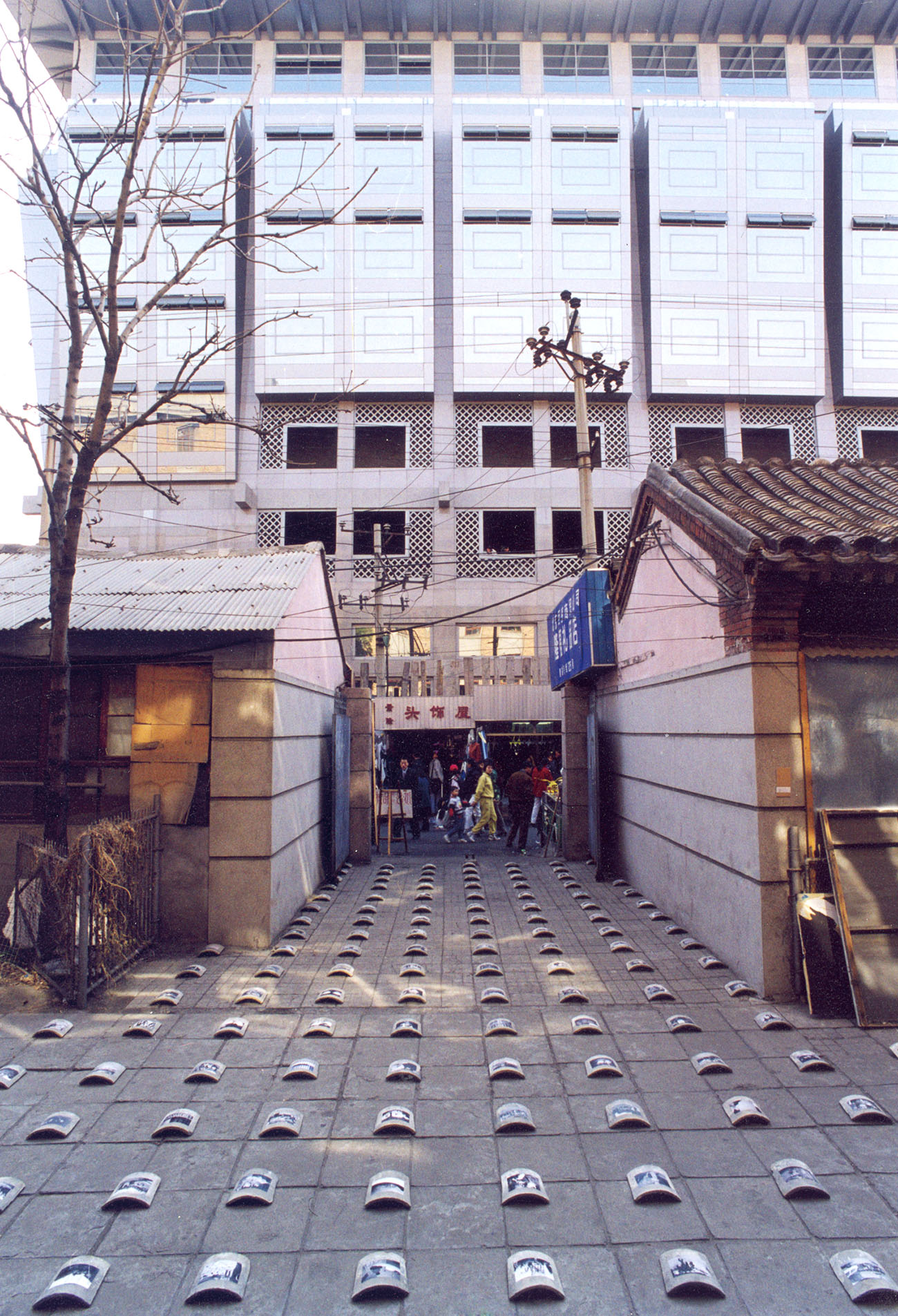
Memory makers
Chinese contemporary artists Song Dong and his wife, Yin Xiuzhen, are both represented by Mao. Their expansive exhibitions featuring what they call “evidences of livelihoods” — including family relics, leftover building materials and household items as well as rejected ceramic objects and textiles — evoke both grief and remembrance of a lost generation defined by poverty and the “cultural revolution” (1966-76).
Like Lam in the early stage of her career, Song and Yin too have received their fair share of bewildered looks for their unconventional choice of materials. Also like Lam, they grew up in a milieu where one could not afford to throw things away and hence consider every object they own as useful to their creative process. Yin says that the secret ingredient that can turn trash into art is the artist’s touch.
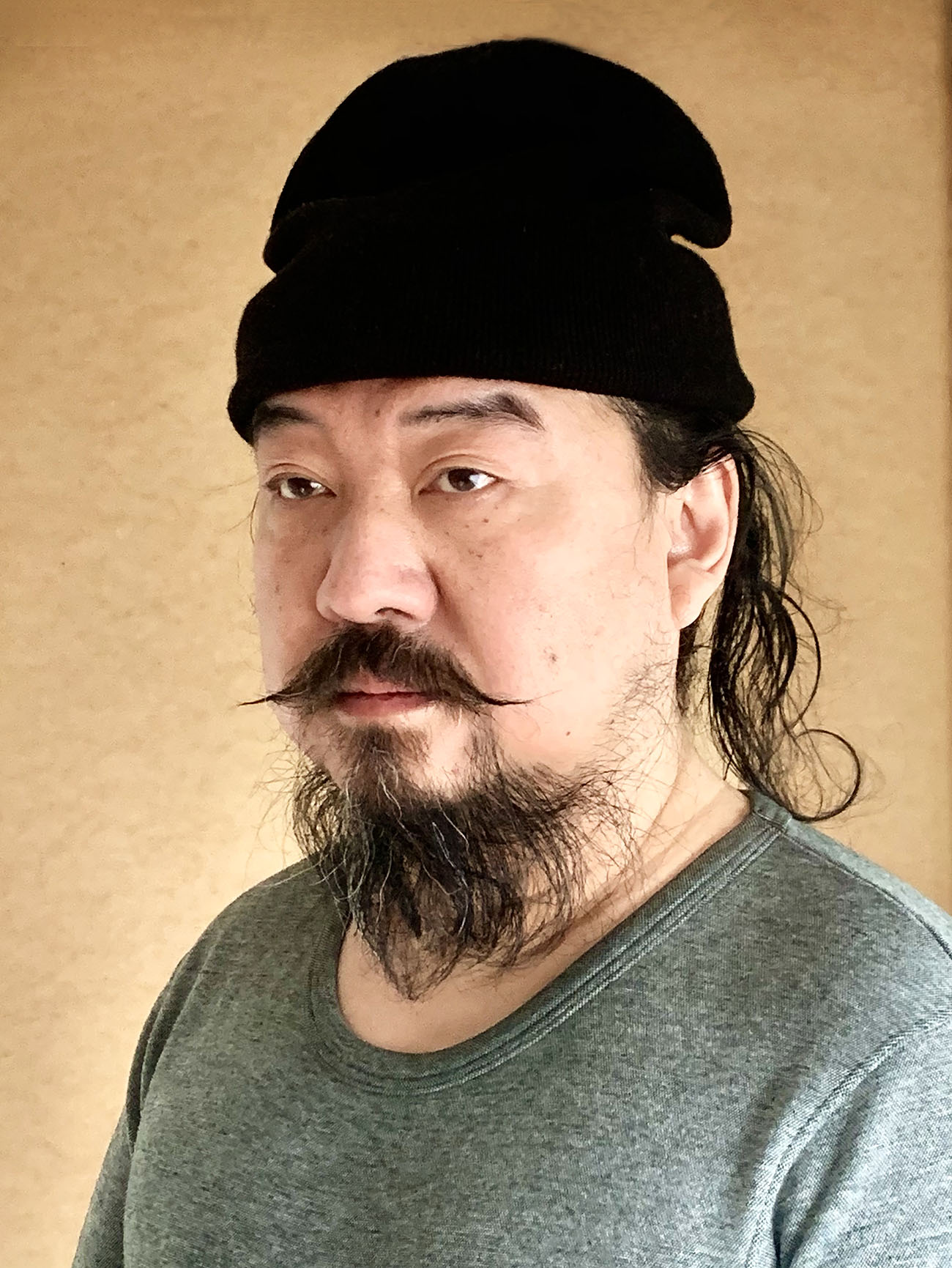

“These objects had their days of splendor once. They are the evidence of history, experiences and stories that belong in our memory,” she adds. “It is up to the artists to give them a new understanding and meaning. If a tile is used to make a roof, it is a building material. Throw it away, and it is just garbage.”
In 1998, Yin picked 128 cement roof tiles out of many that were discarded after a Beijing courtyard house was demolished to make way for a shopping mall. She stuck a black-and-white photo of everyday life in the neighborhood on each tile, laying them out in parallel rows. Called Transformation, the work was her attempt to capture the final fragments of both the architecture and the people that she had known and cherished.
ALSO READ: Yarn-ing for more
Seven years later, Song launched Waste Not, an exhibition of more than 10,000 objects that belonged to his late mother, who refused to throw away anything lest it became useful one day. The work has since traveled to New York’s Museum of Modern Art and the M+ museum in Hong Kong.
“Since art is undefinable, it’s great to have controversies and questions raised around it,” Song says. “While eco art may not be able to make a difference to the climate crisis, it has the potential to impact the way humans respond to nature and become aware of their own living habits.”


